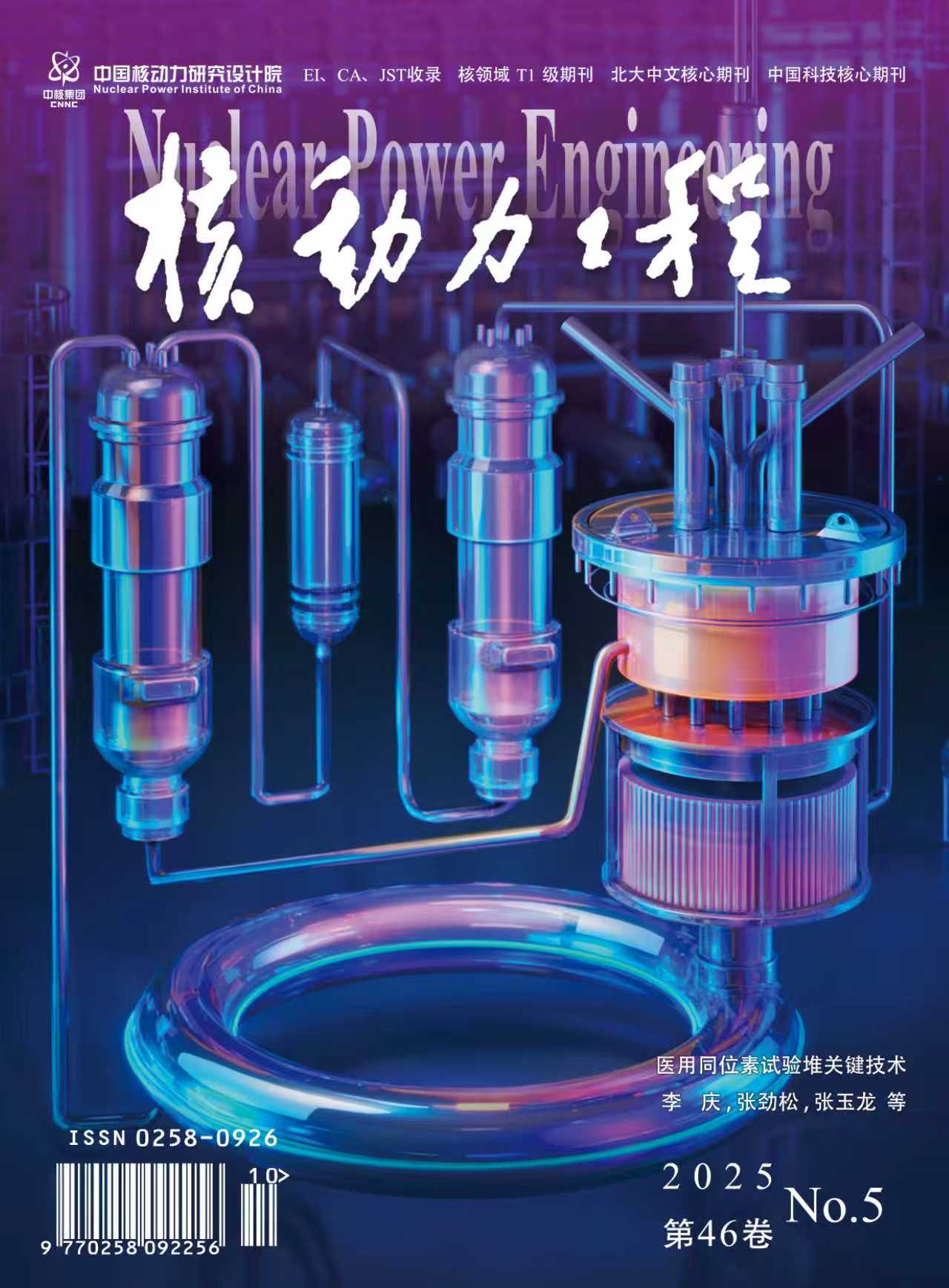2006 Vol. 27, No. S1
Display Method:
2006, 27(S1): 1-4,22.
Abstract:
2006, 27(S1): 5-8,72.
Abstract:
2006, 27(S1): 9-12,17.
Abstract:
2006, 27(S1): 13-17.
Abstract:
2006, 27(S1): 18-22.
Abstract:
2006, 27(S1): 23-29.
Abstract:
2006, 27(S1): 30-33.
Abstract:
2006, 27(S1): 34-37.
Abstract:
2006, 27(S1): 38-42.
Abstract:
2006, 27(S1): 43-46,52.
Abstract:
2006, 27(S1): 47-52.
Abstract:
2006, 27(S1): 53-56.
Abstract:
2006, 27(S1): 57-60,64.
Abstract:
2006, 27(S1): 61-64.
Abstract:
2006, 27(S1): 65-67,82.
Abstract:
2006, 27(S1): 68-72.
Abstract:
2006, 27(S1): 73-76.
Abstract:
2006, 27(S1): 77-82.
Abstract:
2006, 27(S1): 83-85,98.
Abstract:
2006, 27(S1): 86-90,98.
Abstract:
2006, 27(S1): 91-98.
Abstract:
2006, 27(S1): 99-101,106.
Abstract:
2006, 27(S1): 102-106.
Abstract:
2006, 27(S1): 107-110.
Abstract:



